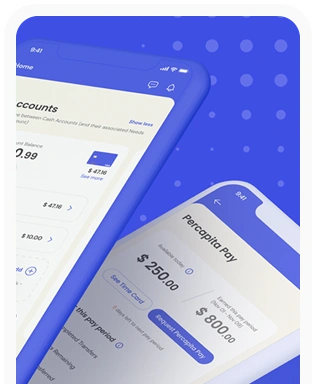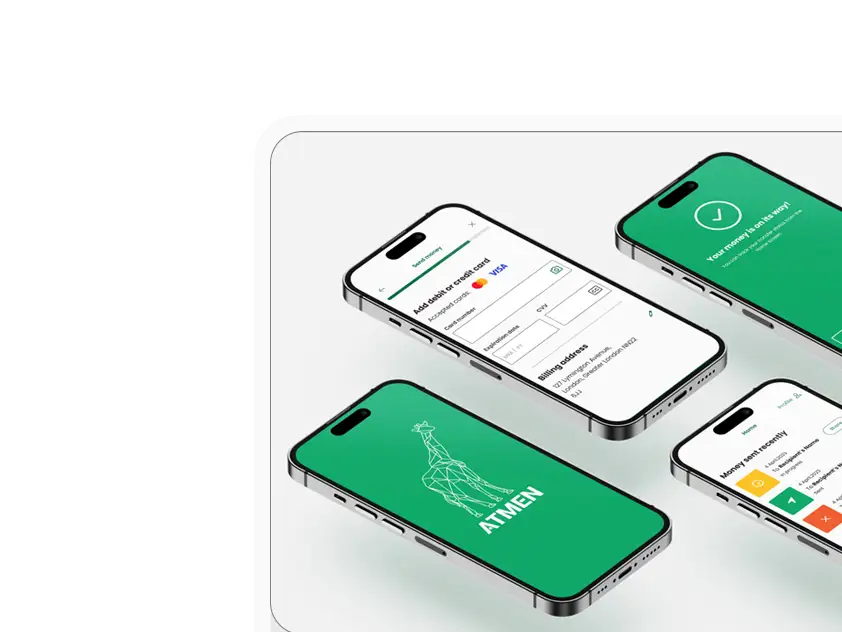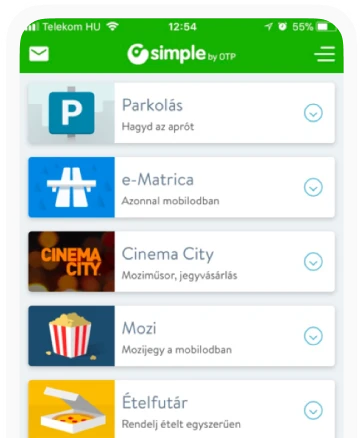“Mental images”, mental and conceptual models 1.
What are mental models and why should every development start by mapping out the user’s mental model of the attitude object (the service, application, topic, etc.)?
What are mental models?
For centuries, the central question investigated in not only psychology, but also philosophy and linguistics has been how we represent to the world in our minds. How do we think about simple or more complex processes, for instance how do we imagine the process of shopping, of sending money or mail, or just opening a chocolate egg. This — fairly accurate and practical— “mental image” defines the way in which we undertake the performance of the specific process; it is essentially our mental model of the attitude object. Our mental models are shaped and transformed by our earlier experiences (Weinshenck, et.al.).
Offline, online
We harbour mental models not only of the real — off-line — world’s objects, but also of on-screen interfaces. These define our preferences for using certain functions online, what we look for on a specific interface, and where, and what events we “expect” in certain situations (what happens when I do this or that)?
The concept of mental models may be familiar from cognitive psychology. Several psychologists have addressed mental models, and various definitions have been offered. To begin with, it is worth studying the work of Don Norman, such as Some Observations on Mental Models, 1987.
The theoretical framework proposed by Susanne Weinshenk is often referenced nowadays, which is sufficiently accessible and pragmatic (100 Things Every Designer Needs to Know About People, 2011) and also Indi Young’s book (Mental Models, 2008)
We forge these mental models based on the software, websites and applications that we use. We like and even expect the interfaces we use to adapt to this. We are accustomed to certain things in both the off-line in the online world. A more important area is when we perform things we are accustomed to in the off-line world on an on-screen interface, such as shopping, taking care of banking matters or ordering pizza, or grabbing our iPad or Kindle and reading on-screen. In these cases, even before starting to use the device or interface, we have already created a preliminary notion of its operation, of what can be done there and how. As a result, we have already created the mental model of online shopping, banking, ordering pizza, or reading on our iPad or Kindle.
An important characteristic of the mental model is that it may be irrational, forms rapidly and maybe modified later down the line. For this very reason, when crafting a solution that is so novel that users presumably have no mental model of it — because they have no way of having one —, training videos generally offer assistance. These shape the user’s mental model and his expectations even before he becomes acquainted with the interface.









